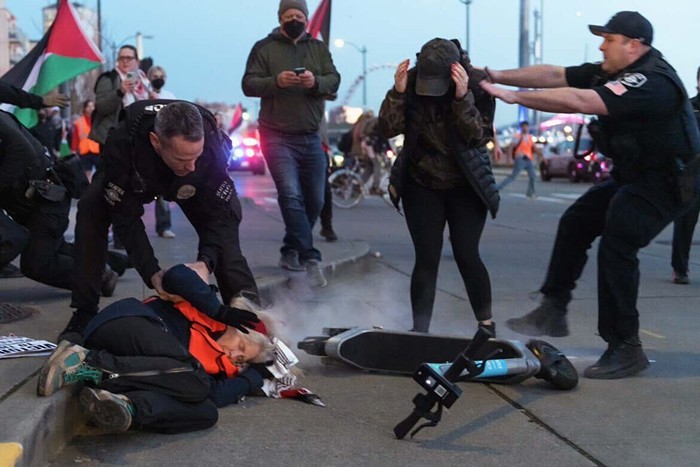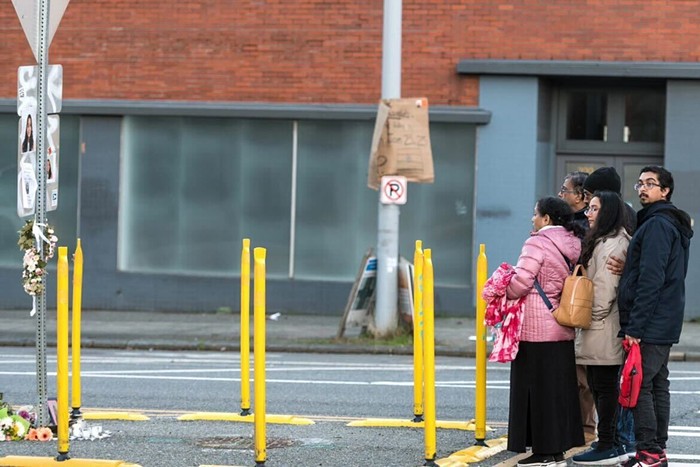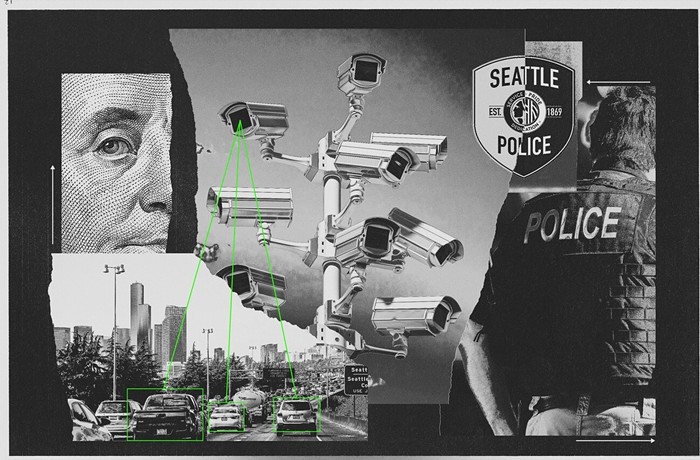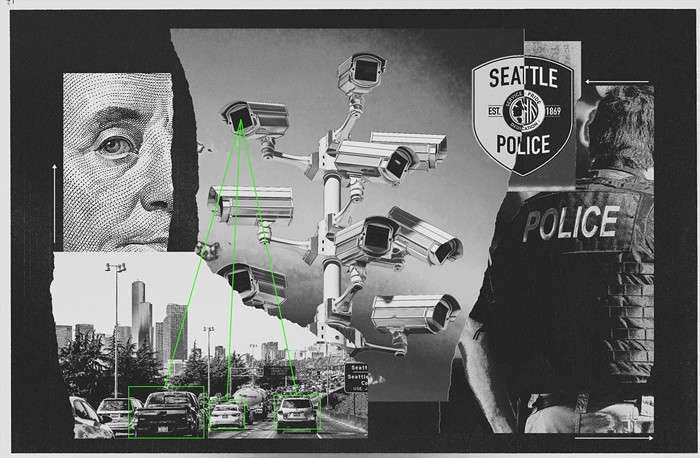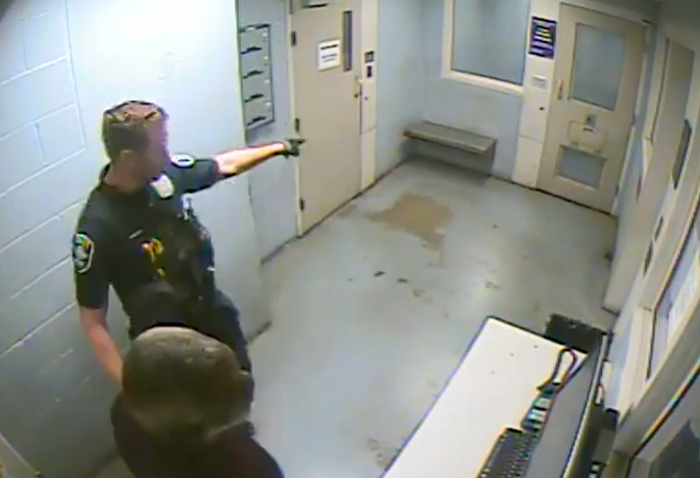
The King County Sheriff’s Office is systemically underreporting when its deputies use force against people and failing to correctly categorize its reviews of those uses of force, according to a report introduced to the county’s Law & Justice Committee today.
The report, commissioned by the county’s Office of Law Enforcement Oversight (OLEO), found that in over 30 percent of cases where a use of force complaint was filed against a deputy, that deputy in question had not self-reported the incident to begin with. Sheriff’s deputies are require to document every time they use force against a person.
Tuesday’s report also showed that the county was incorrectly categorizing uses of force. The sheriff's office mistakenly labeled nearly half of all complaints reviewed during 2015 and 2016 as never occurring, when there was evidence that showed a use of force did in fact happen.
Kathryn Olson, a consultant that was hired by OLEO to help conduct the report on how uses of force complaints are processed by the department, told the county's committee Tuesday afternoon that there were consistent problems with the Sheriff's Department following its own procedures.
"The question was whether there was consistent follow through to policies and procedures and we saw deficiencies in both investigations of use of force themselves, particularly when it came to matters such as review up to the chain of command, and in IIU (Internal Investigations Unit)." Olson said.
Whenever a King County Sheriff’s deputy uses force against a person, be it striking someone with a baton or pepper spraying a person or any other use of force, the officer must notify their supervisor who then must immediately complete an investigation that is sent to the Sheriff’s Office Internal Investigations Unit. That way the use of force is documented regardless of whether or not it was justified or if anyone ever complains about what that cop did.
But that wasn’t happening. In 25 of the 82 completed use of force cases in 2015 and 2016—or over 30 percent of the cases studied—no documentation of the use of force was created by the deputy following the incident. The only reason the department learned about the incident was because someone complained.
The authors said they didn’t see any intentional cover-ups.
“The Team did not see obvious examples of intentional failure to report use of force in those cases where there was no underlying UOF report, though a thorough study of this issue would require a larger incident sample, including those where there was no misuse of force allegation,” the authors wrote.
How many additional people had a sheriff use force against them that the sheriff’s office didn’t tell us about? If the public’s only way of tracking uses of force is through people complaining then it’s nearly impossible to know.
The authors noted that waiting till someone files a complaint delays the investigation process, making it harder to gather the facts about the case. The authors said the underreporting might be caused by the county’s high threshold for what is considered a use of force. For example, the county does not consider an officer pointing a gun at someone a use of force, whereas many other departments, including the Seattle Police Department, does.
That means incidents like when Detective Richard Rowe angrily pulled a gun on a motorcyclist last year wouldn’t be considered a use of force.
The report also showed that the Sheriff’s Office appeared to not understand their own labeling system for processing uses of force. Nearly half of the completed complaint cases in 2015 and 2016 were labeled as unfounded, indicating that “The allegation is not factual and/or the incident did not occur as described,” when those cases did in fact happen. The department should have categorized those complaints as “exonerated,” meaning the event did in fact occur but the use of force did occur according to sheriff’s policy.
In five of the cases, they labeled the cases exonerated, which means a use of force occurred but was within policy, when it should have been unfounded because no use of force occurred.

